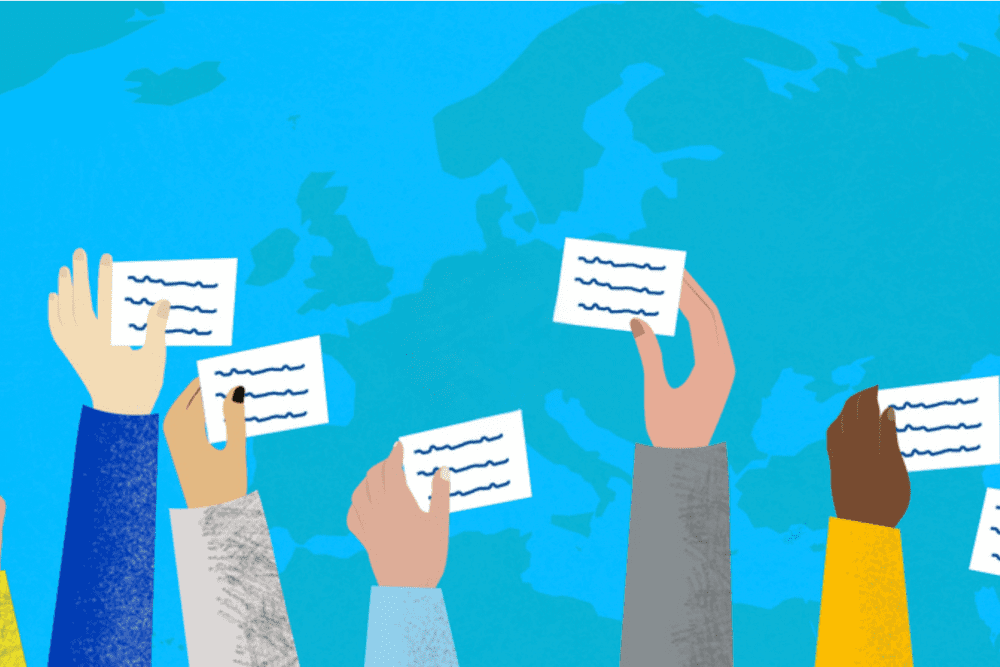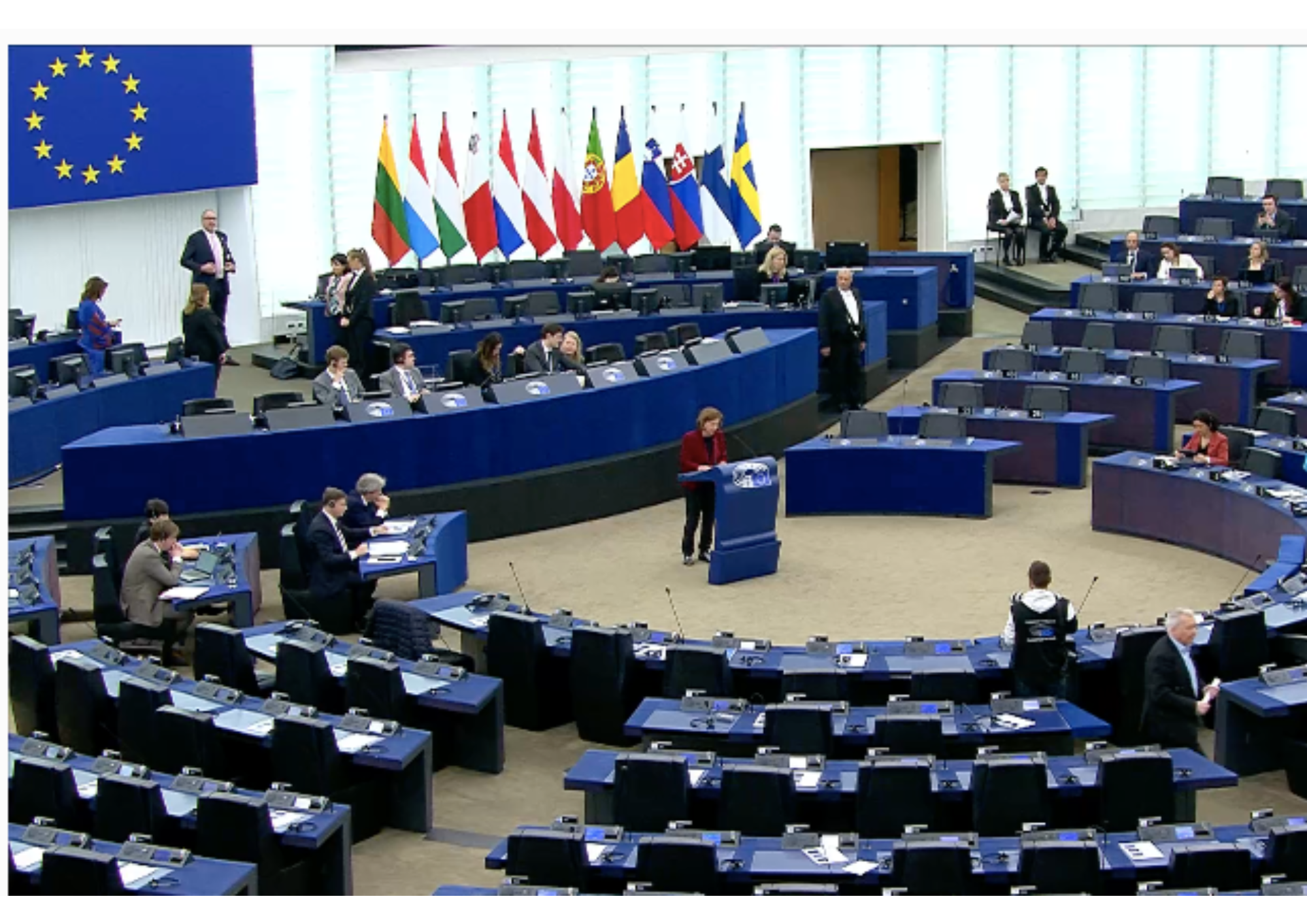From heating to transport, energy is essential to everyday life, but also a major source of emissions. Read about EU solutions to decarbonise the sector.
In 2021 gas and electricity have hit record prices. The EU is highly dependent on energy imports, especially when it comes to natural gas (90%) and oil (97%), making them vulnerable to disruptions that can increase prices. Better cooperation and interconnections of energy networks with the development of renewable energy sources can help EU countries secure energy supplies.
Read on to find out about the different proposals the EU is working on to reduce emissions from the energy sector and guarantee a safe supply.
Better connections between EU countries
Connecting energy infrastructure between EU countries can help to secure a diverse supply of energy and better mitigate possible disruptions.
The EU is currently revising rules on the funding of cross-border energy infrastructure projects in order to meet its climate goals. Every two years, a list of key infrastructure projects is selected. These projects can benefit from simplified permits and the right to apply for EU funding.
In April 2022, the Parliament backed a deal reached with the Council to phase out EU funding for natural gas projects and instead redirect money to hydrogen infrastructure and carbon capture and storage.
Renewable hydrogen
When hydrogen is used as an energy source, it does not emit greenhouse gases, meaning it could help decarbonise sectors where it is hard to decrease CO2 emissions. It is estimated that hydrogen could supply 220-50% of the EU’s energy demand in transport and 5-20% in industry by 2050.
However, in order to be sustainable, hydrogen must be produced by renewable electricity. MEPs have insisted on the importance of a clear distinction between renewable and low-carbon hydrogen as well as on phasing out fossil-based hydrogen.
Offshore renewable energy
Currently, wind is the only offshore renewable energy source used on a commercial scale, but the EU is looking into other sources, such as tidal and wave power, floating solar energy and algae for biofuels.
The European Commission has proposed an EU strategy to dramatically increase the production of electricity from offshore renewable sources. Offshore wind capacity alone would grow from 12GW today to 300GW by 2050. Parliament will set out its position later.
More ambitious targets
Increasing the share of renewable energy and enhancing energy efficiency are both needed in order to decarbonise the energy sector. Under legislation aiming to deliver the Green Deal’s targets, the Commission has proposed to revise the targets for both renewable energy (currently 32% by 2030) and energy efficiency (32.5% by 2030).












